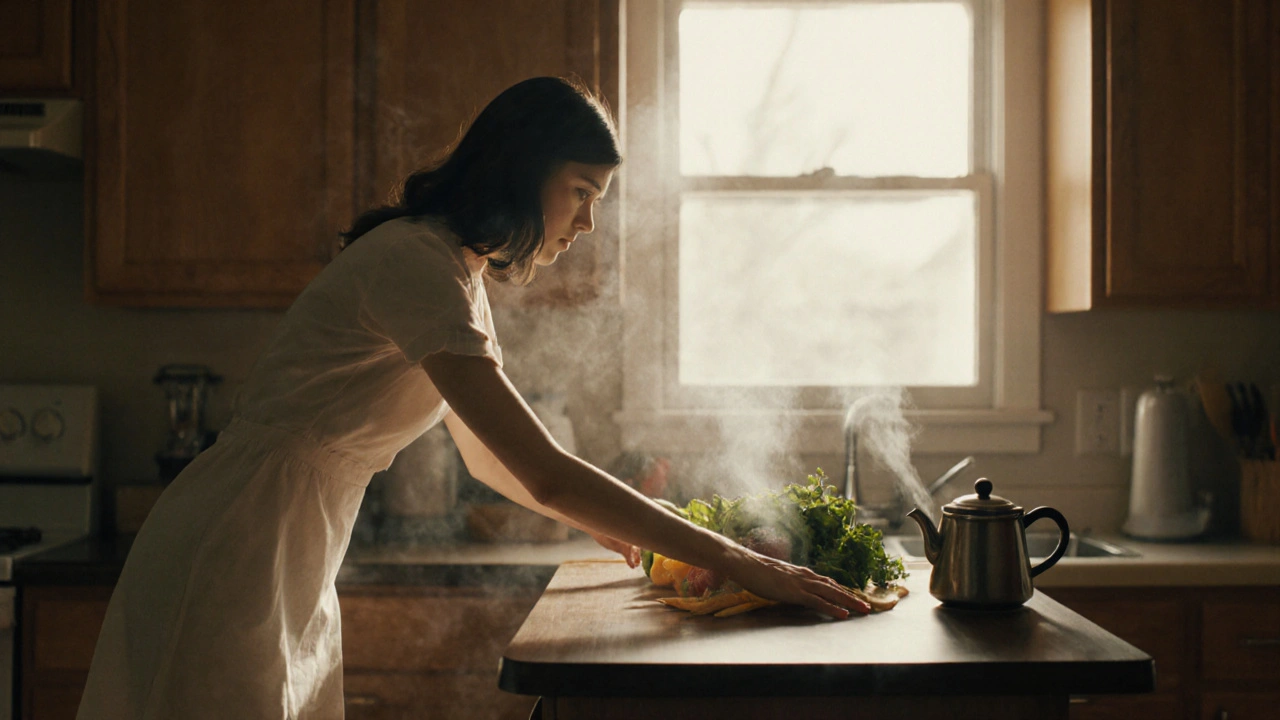Visual Fantasy: Where Imagination Becomes Art
When you see a painting where trees grow from clocks, rivers flow upward, or people float above cities with no gravity—you’re looking at visual fantasy, a genre of art that blends reality with impossible, dreamlike elements to evoke wonder, mystery, or emotion. Also known as surreal art, it doesn’t just show what’s real—it shows what’s felt, feared, or longed for. Unlike fantasy novels or movies that rely on story, visual fantasy speaks through color, form, and atmosphere alone. You don’t need to read a plot to feel the weight of a floating castle or the quiet loneliness of a lone figure in a sky full of eyes.
This style doesn’t come from thin air. It’s shaped by surrealism, a 20th-century movement that dug into dreams, the subconscious, and irrational imagery, but it’s gone further. Today’s visual fantasy pulls from mythology, sci-fi, personal trauma, childhood memories, and even digital glitches. It’s in the work of artists who paint worlds where gravity is optional and time folds like paper. You’ll find it in the quiet horror of a mirror showing a different version of yourself, or in the joyful chaos of a forest made of stained glass. It’s not about escaping reality—it’s about seeing it differently.
What makes visual fantasy powerful is how it connects to real emotion. A floating house isn’t just a cool image—it can stand for longing, freedom, or loss. A child walking through a city of giant books? That’s not whimsy—it’s the feeling of being lost in knowledge. The artists behind these pieces aren’t just showing you something strange. They’re inviting you to feel something true. And that’s why this genre keeps growing. It’s not just for galleries. It’s in album covers, book illustrations, video game worlds, and even tattoos.
Below, you’ll find a collection of posts that explore how visual fantasy works in practice. Some break down the techniques artists use to make the impossible look real. Others look at how modern digital tools are changing the game. There are deep dives into artists who built entire worlds with brush and pigment, and guides on how to start creating your own dreamlike scenes—even if you’ve never picked up a paintbrush. Whether you’re drawn to the eerie, the magical, or the strangely beautiful, this is your starting point.

